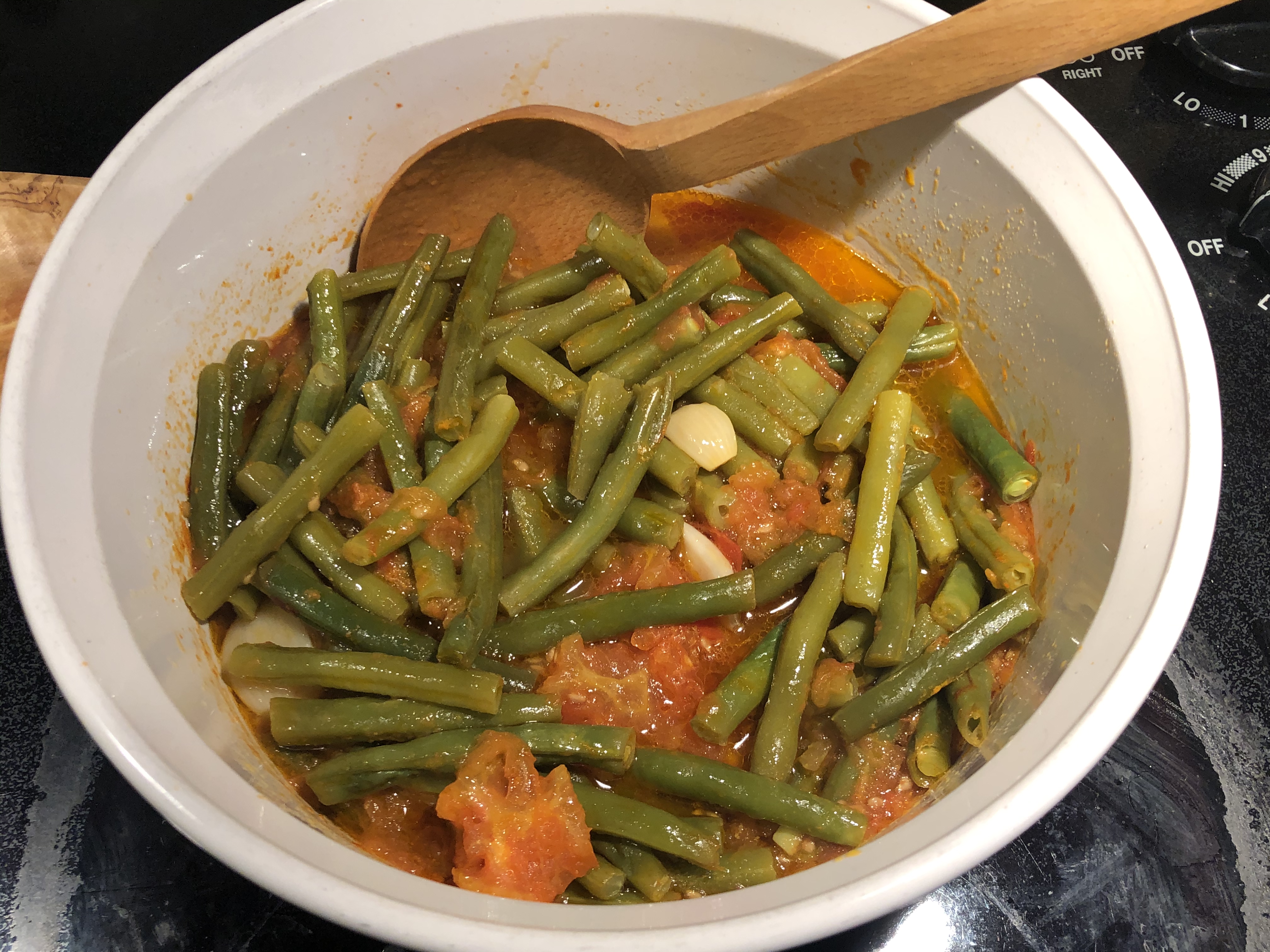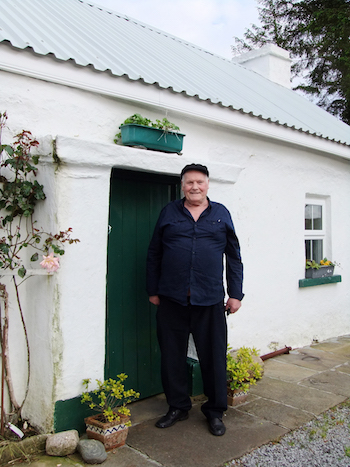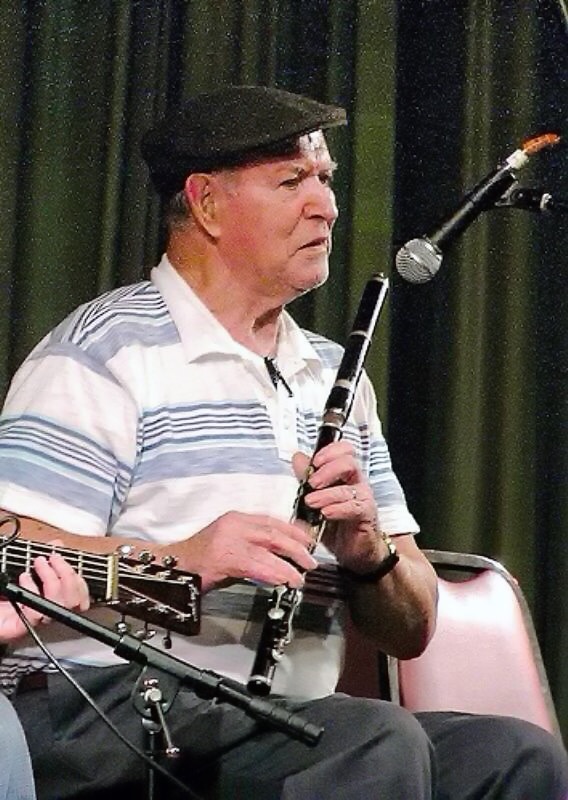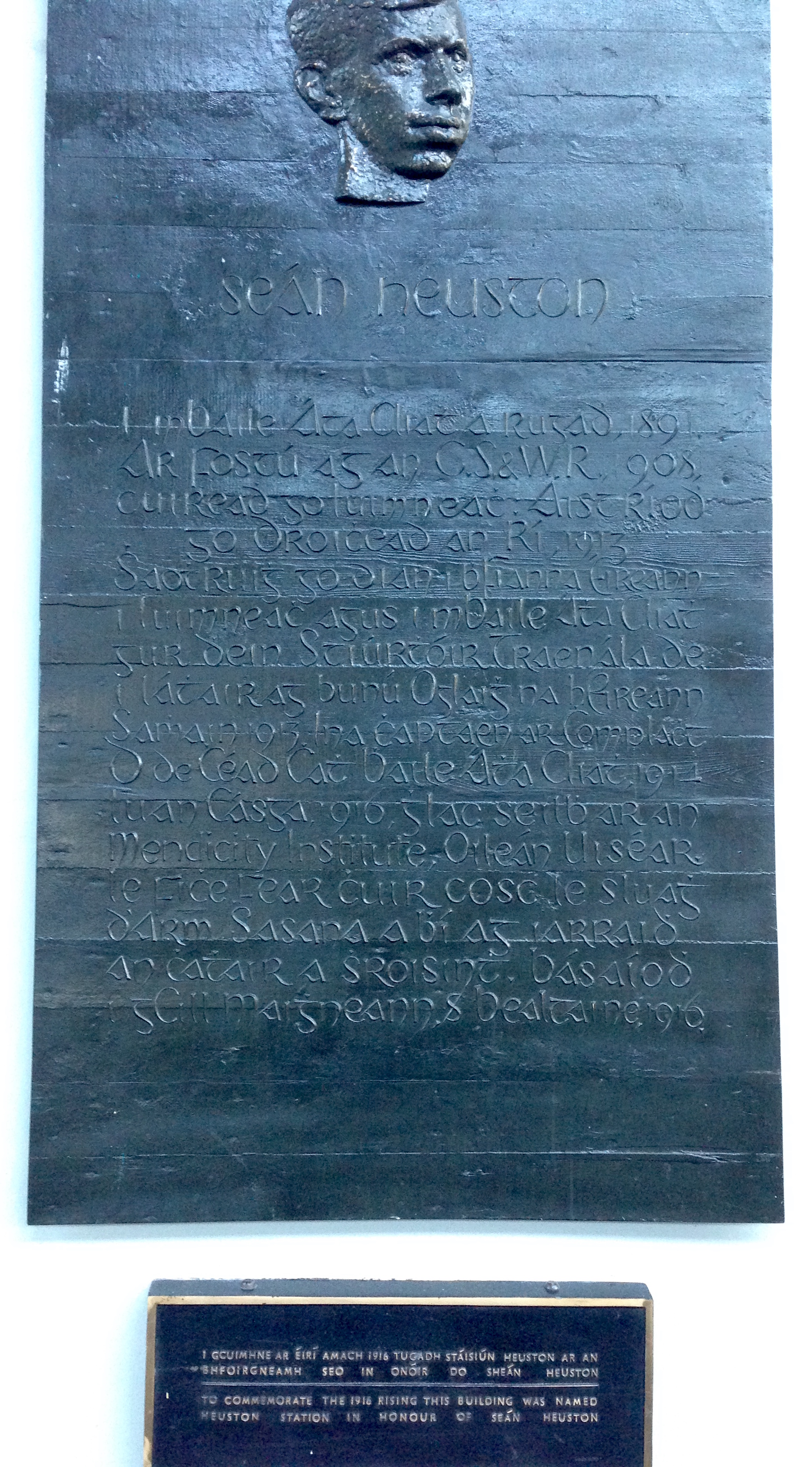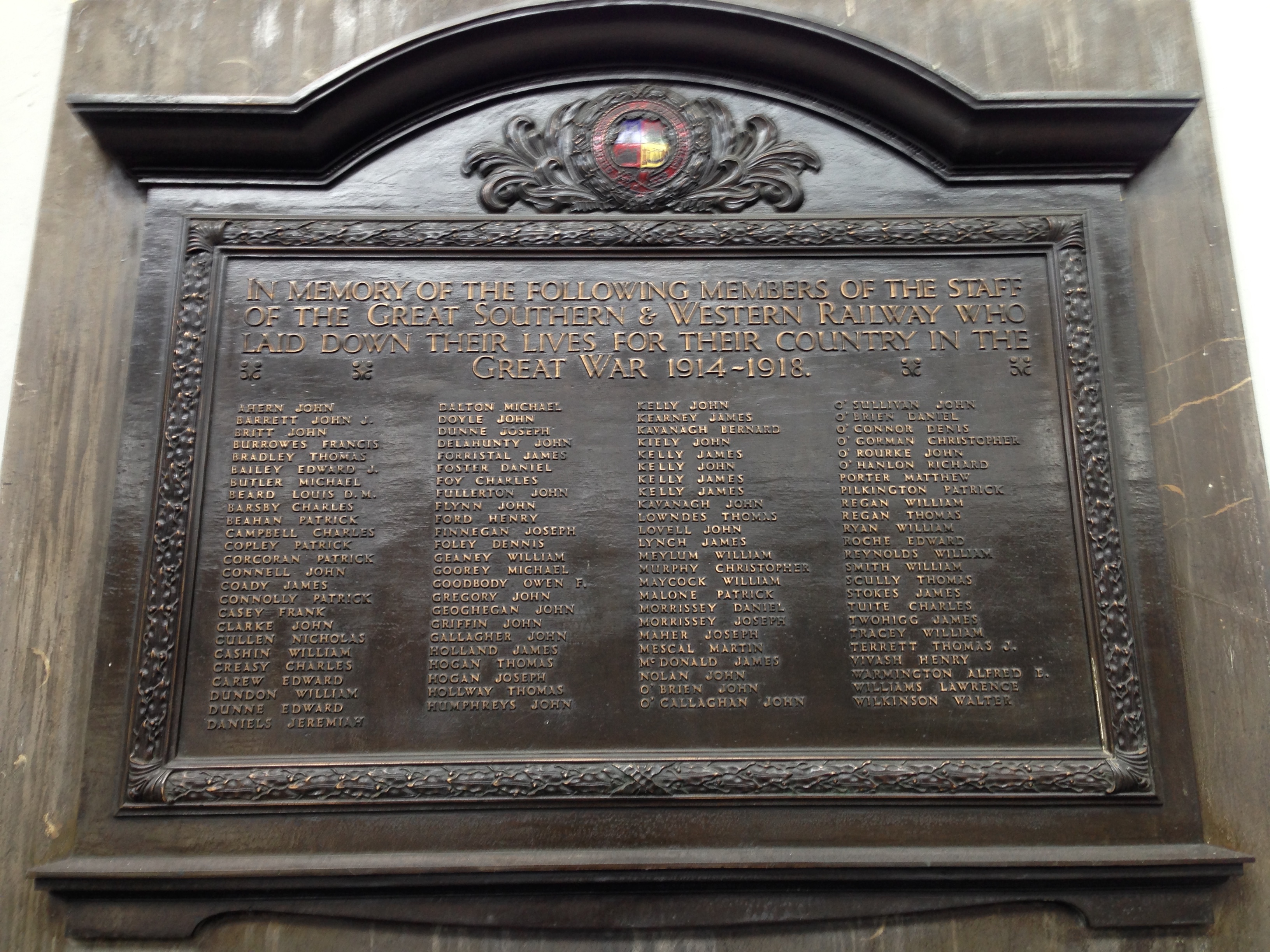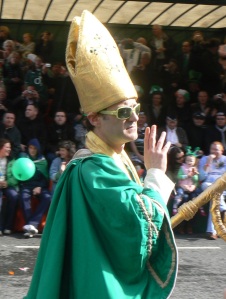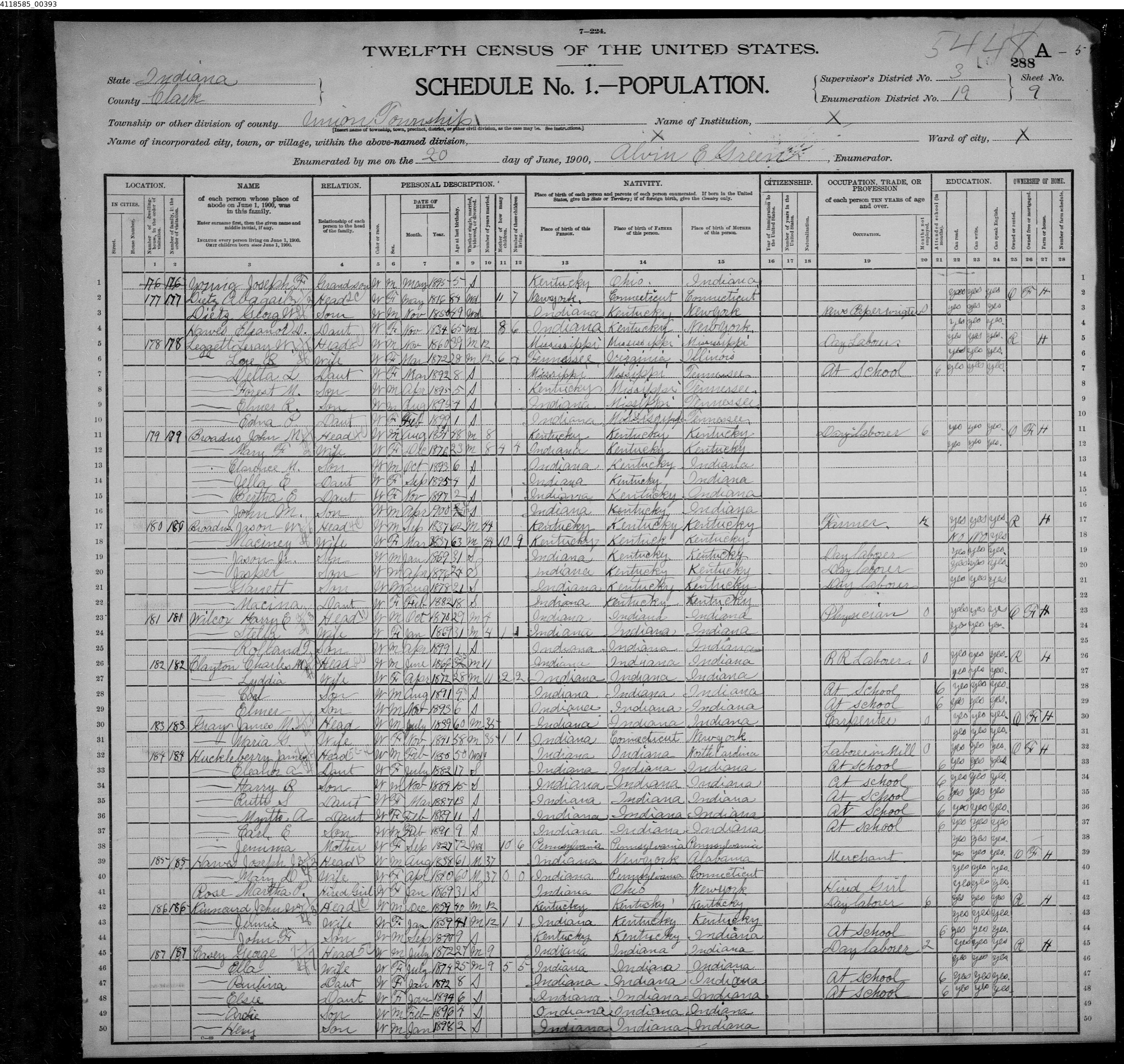Speaking Through Food
Contribution to Historians Cooking the Past
I know few Turkish words, but most of the words I do know relate to food. I can ask for tea (çay) or coffee (kahve), and name some of my favorite dishes (like baklava, obviously). In the realm of embarrassing stories from childhood, my family never tires of reminding me of when, visiting Turkey as a toddler, I repeatedly asked for “more zeytin, more zeytin” (olives – still a favorite).
My father is Turkish and my mother American. Most of my father’s family still lives in Turkey and I grew up here in the US. Whenever we visited Turkey, a form of triangular communication would occur: my mom and grandparents would speak German to each other; since my father doesn’t speak German he would talk to his parents in Turkish; and my parents spoke to my sister and me in English, of which my grandparents could not speak more than a few words. Later, I learned some German, but only enough for pretty basic conversation.
Without the language, my primary connection to a Turkish identity is through food. My Babaanne (father’s mother) and I can’t speak much to each other, but we can cook, and eat, together. With the help of my dad, acting as translator, she has taught me how to make some of my favorite dishes. The recipes themselves reflect her own life history: Her fruit preserves call for a few hours sitting in the sun, a simple step in Turkey, but almost impossible for me to accomplish during the years I lived in Ireland. The green beans recipe below calls for two “wooden spoonfuls” of olive oil, a convenient unit of measurement in a Turkish kitchen, if not an international standard. And Babaanne’s signature dessert, Obsttorte (fruit tart), is a recipe she picked up living in Germany in the late 1950s. Many of the recipes, of course, are hardly recipes at all. She knows from experience the quantities and consistency needed at every step in the process. I’m the one who has to write them down to learn and remember.
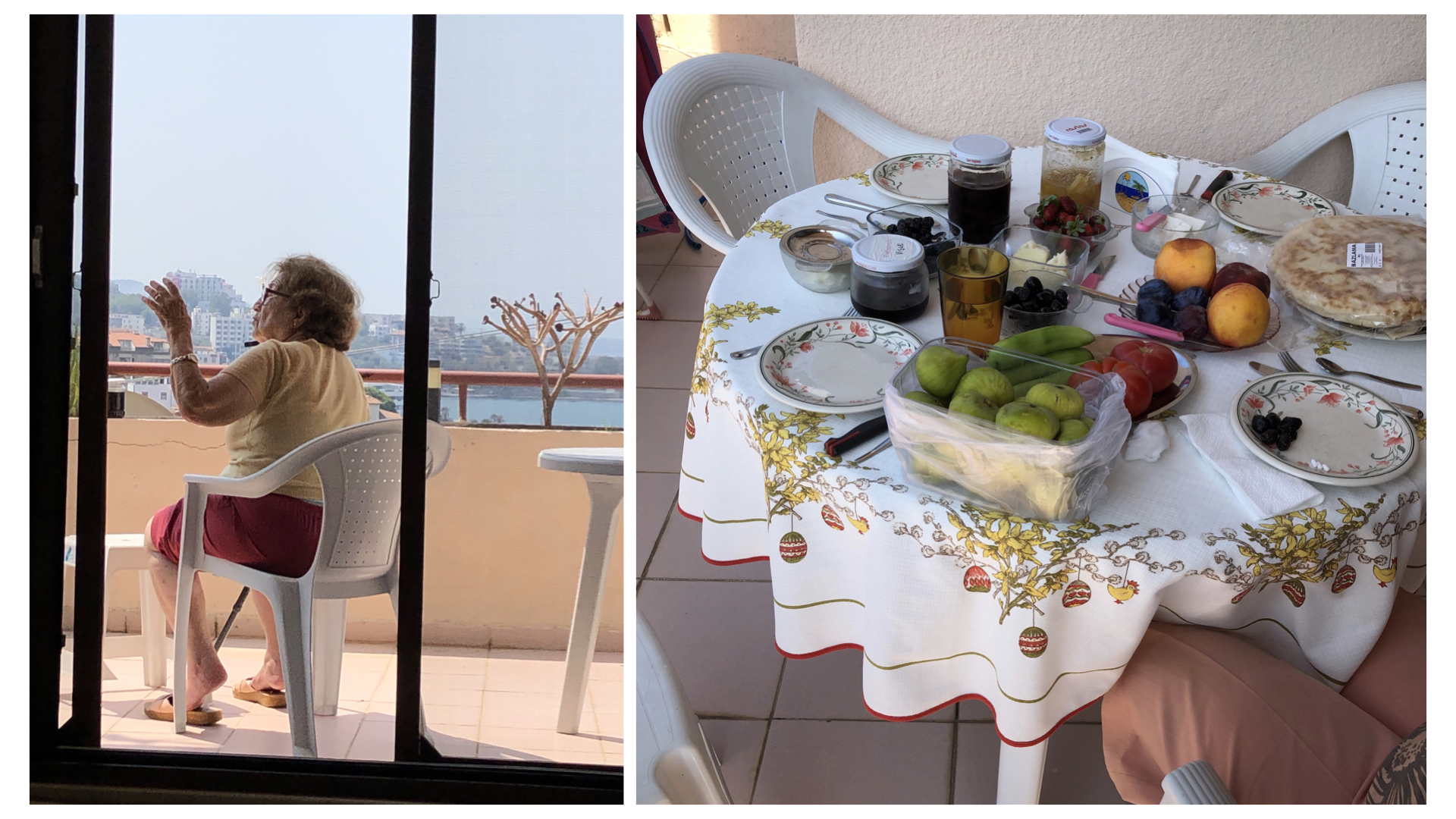
When returning from trips to Turkey, my suitcase always contains food: olives, olive oil, baklava, halva, homemade preserves, and maybe some cheese or sucuk (sausage) snuck in past customs. My family and I have always most lamented our inability to bring back crates of fresh figs, the equal of which cannot be found on this side of the Atlantic. The foods that do make it back are jealously guarded to make them last.
As an historian I study music, specifically Irish traditional music and the migrants who carried it with them from Ireland to communities across the diaspora. Like food, music is somewhat ephemeral. Sounds and tastes can’t be so easily packed into a suitcase. Their approximation can be documented through notation or recipes, but the true power lies with the consumer and the associations that those sounds or tastes carry. For migrants and their descendants – including me – that power persists even in new contexts.
Like many others, I have been cooking and baking more than usual during this pandemic. It provides both entertainment and comfort. Nothing I can cook will replicate the experience of a meal on the balcony of my Babaanne’s summer home overlooking the Aegean. But this weekend as I ate green beans and savored a fruit tart, I thought of her.
Green Beans with Olive Oil (zeytinyağlı taze fasulye)
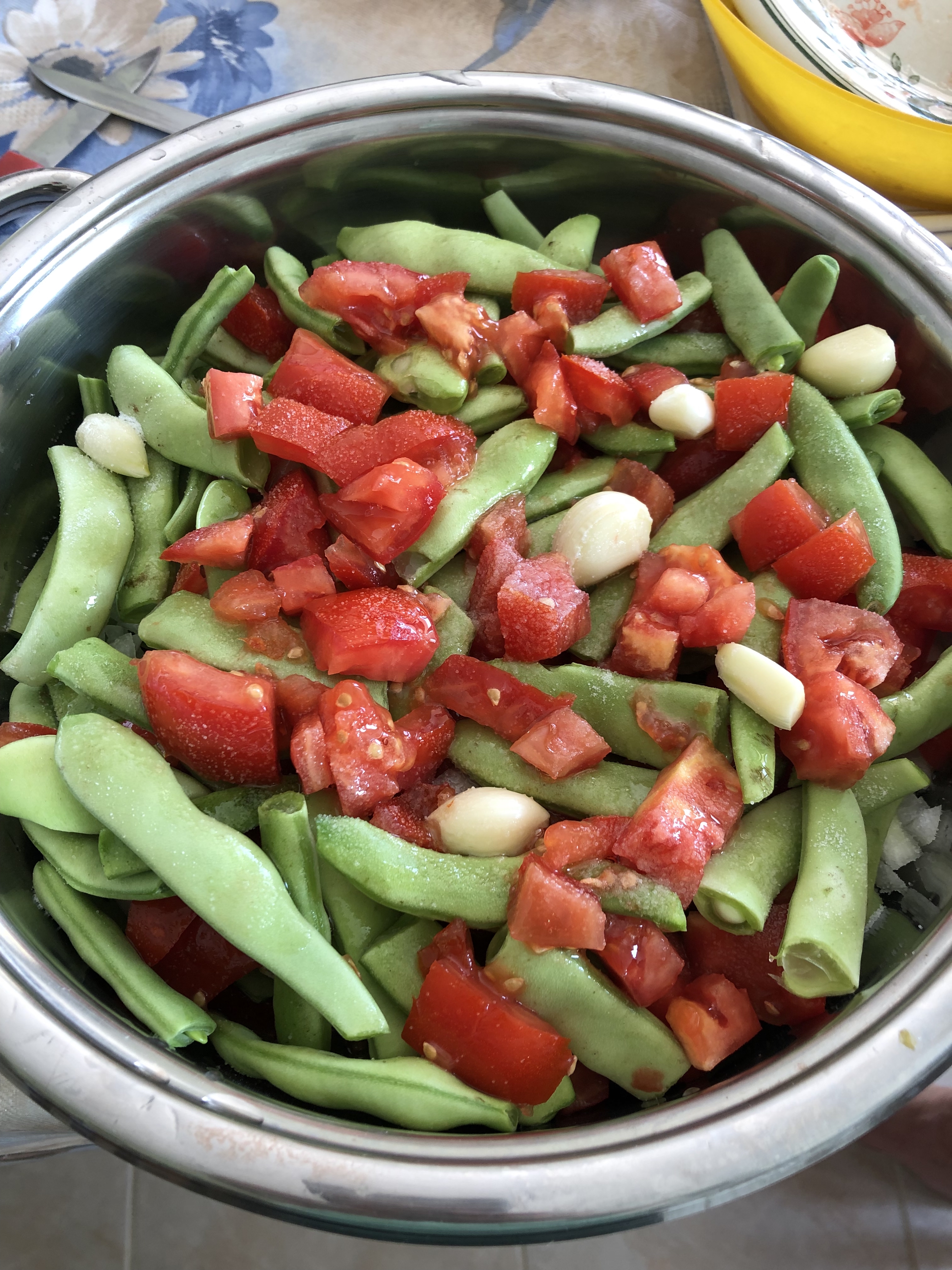
Ingredients
500g / 1/2lb green beans
1 small onion
7-8 cloves of garlic
3 fresh tomatoes
Olive oil
Preparation
Use a wide pot, 3-4” deep with a lid. Put round slices of one whole tomato, peeled, on the bottom of the pan.
Add half the green beans – ends trimmed and broken in half – in a layer.
Add 3-4 cloves of garlic (whole) and diced onions.
Peel and chop another tomato and add on top.
Add the rest of the beans.
Add another peeled, chopped tomato and 3-4 cloves of garlic.
Sprinkle with salt. Add olive oil (2 wooden spoonfuls).
Heat on the stovetop on low with the lid on. After it gets juicy, add some boiling water (if necessary). Cook for about 20 minutes, until the beans are soft.
The beans can be served warm or cold.
